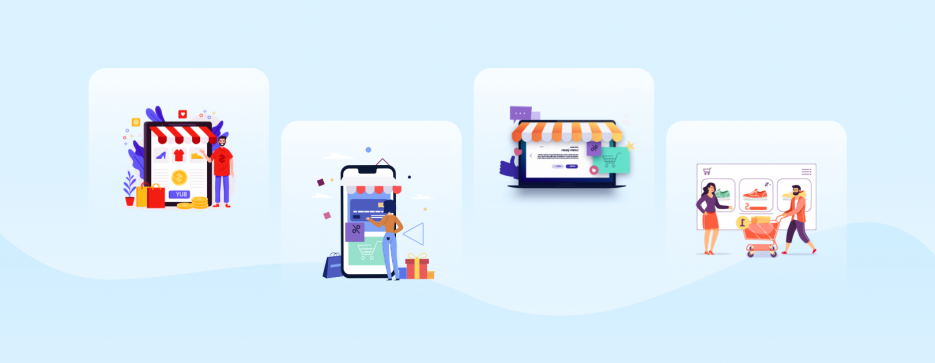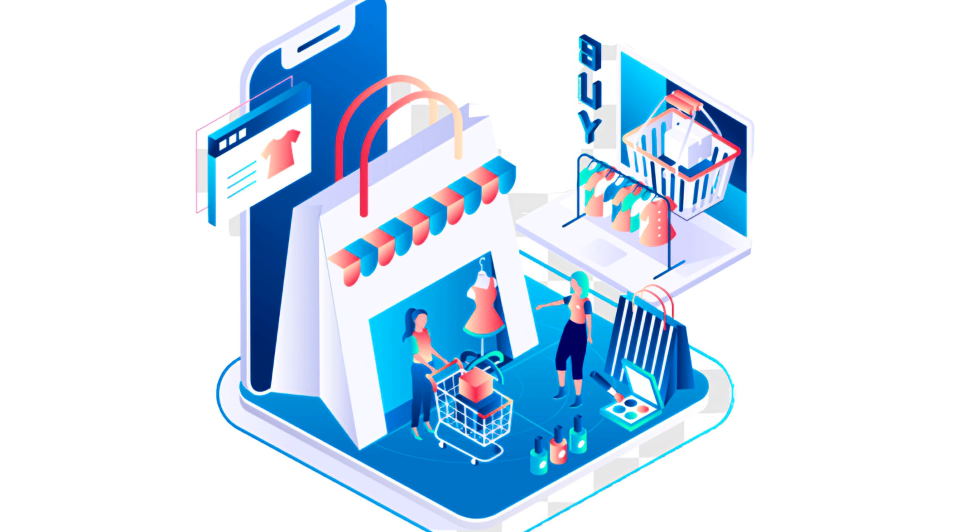Ecommerce Business Models: How to Choose the Right One for Your Online Store
Running an online store can be a great way to make money, but you need to choose the right ecommerce business model to make sure your store is successful. You can choose from many different business models, and each has its own advantages and disadvantages. In this blog post, we’ll discuss the three most common ecommerce business models and help you decide which one is right for your online store.
Ecommerce business models and strategies
There are a number of different options available, and the one you choose will have a big impact on the success of your business.

The most common ecommerce business models are:
- Business-to-consumer (B2C): This is the most traditional type of online store, where you sell products directly to consumers. This is the model used by most online retailers, such as Amazon and eBay.
- Business-to-business (B2B): This type of ecommerce store sells products or services to other businesses. This model is often used by wholesalers or manufacturers who sell to retailers.
- Consumer-to-consumer (C2C): This model is similar to B2C, but instead of selling products directly to consumers, you sell them to other consumers. This is the model used by sites like Craigslist and eBay.
- Subscription: This type of ecommerce business charges customers a recurring fee for access to products or services. Companies that offer online memberships, such as Netflix or Spotify, often use this model.
- Crowdfunding: This model allows customers to contribute money towards the development of a product or service. This is the model used by sites like Kickstarter and Indiegogo.
- Digital goods: This type of ecommerce store sells digital products, such as ebooks, music, or software. Sites like iTunes and Amazon use this model.
- Physical goods: This type of ecommerce store sells physical products, such as clothes, toys, or furniture. This is the model used by most brick-and-mortar retailers and online stores like Amazon.
- Services: This type of ecommerce business provides services, such as web design or consulting. This model is often used by freelancers or small businesses offering customer service.
- Marketplace: This ecommerce platform allows multiple sellers to sell their products on a single site. This is the model used by sites like Etsy and eBay.
- Social commerce: This type of ecommerce combines social media with ecommerce, allowing customers to buy products directly from social media platforms like Facebook or Twitter.
Once you’ve decided on the right business model for your store, you can start working on setting up your website and getting started with marketing and selling your products or services.

Selecting your ecommerce business model
There are several different business models that you can choose from when setting up your ecommerce business. The model you select will depend on a number of factors, including the type of products or services you plan to sell, your target market, and your own personal preferences.
One of the most popular ecommerce business models is dropshipping. Dropshipping allows you to sell products without having to carry any inventory yourself. Instead, when a customer orders a product from your store, you simply contact the supplier and have them ship the product directly to the customer. This can be a great option if you’re just getting started with ecommerce because it’s relatively low risk and easy to set up.
Another common ecommerce business model is manufacturing. This is where you create your own products to sell. This can be a great option if you have a unique product or if you’re looking to build a brand around your products. Manufacturing can be more expensive and time-consuming than other business models, but it can also be very rewarding.
Finally, you might also consider selling services online. This could include anything from consulting to web design. If you have a service that you believe people would be willing to pay for, then selling it online can be a great way to start your ecommerce business.
No matter which business model you choose, there are a few things that you’ll need to do in order to succeed. First, you’ll need to find a niche market that you can target. Next, you’ll need to create a website and start promoting your products or services. And finally, you’ll need to build a customer base by providing great customer service and creating a brand that people can trust.
If you’re ready to start your own ecommerce business, then it’s time to choose your business model. Take some time to consider all of your options and decide which one is right for you. With the right model in place, you can be well on your way to success.




